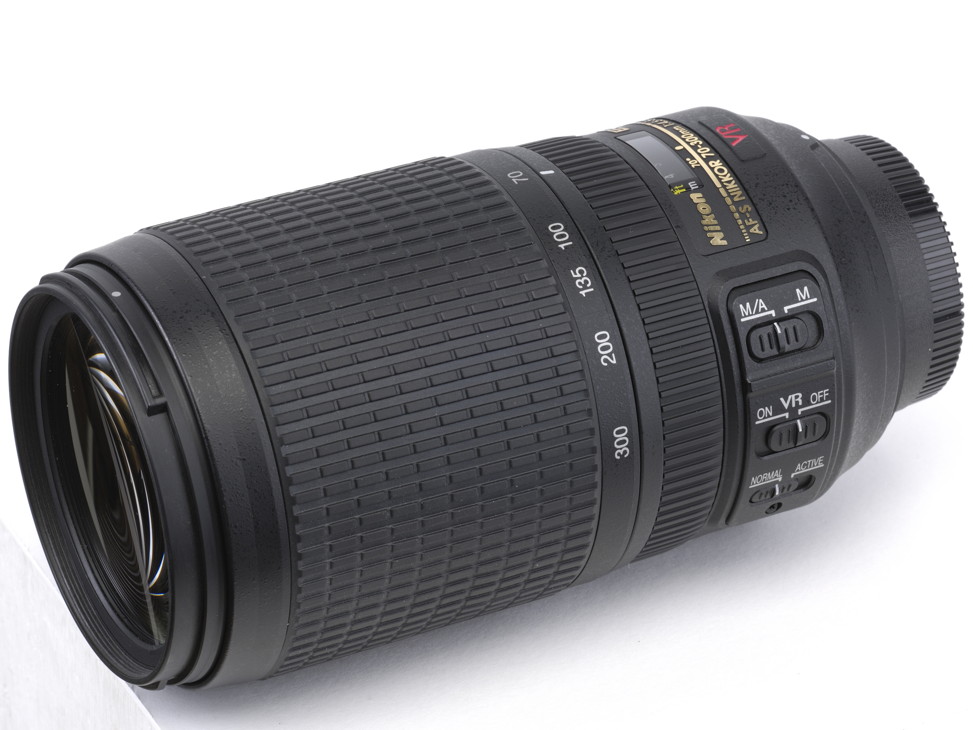TechRadar Verdict
Pros
- +
Excellent Vibration Reduction with Active mode
- +
Ring-type AF-S ultrasonic autofocus with full-time manual override
- +
Great optical quality throughout most of the zoom range
Cons
- -
Sharpness drops off a little at the maximum 300mm focal length
- -
One of the most expensive telephoto zooms
Why you can trust TechRadar
The biggest attraction of this full-frame zoom lens for the vast majority of us who use APS-C Nikon cameras is that the 1.5x crop factor gives a mighty effective telephoto reach of 450mm at the long end of the zoom range. As such, we have to ask if the newer, smaller and lighter Nikon 55-300mm VR has made its heavyweight cousin redundant?
There's actually a lot to be said for using a heavier telephoto lens, because the extra weight makes it more stable when handholding and camera-shake is less of a problem. This is especially true when panning for action shots. On an APS-C camera, you'll also only be using the central region of the image circle produced by the lens, where image quality is at its greatest. On top of that, the Nikon Nikkor AF-S VR 70-300mm f/4.5-5.6G IF-ED has a more refined feature set and better build quality.
More than twice the weight of the Nikon 55-200mm VR, this one tips the scales at 745g and is also nearly 1.5x the length at 80x144mm, extending to a maximum of 258mm at it's longest telephoto setting, complete with attached hood. The lens hood itself is petal-shaped for maximum performance, enabled by the fact that the lens has internal focus, so the front element neither extends nor rotates during focusing.
Advanced, ring-type AF-S (Silent Wave) autofocus is very fast and practically silent. It's a big step up from the more humble AF-S system fitted to the 55-200mm VR and 55-300mm VR lenses, and also features full-time manual override in Single (rather than continuous) AF mode.
Like the 55-300mm VR lens, this 70-300mm one features Nikon's new generation VR II Vibration Reduction which offers a 4-stop anti-shake benefit. This time, however, it's a dual mode stabiliser that has Normal and Active options, the latter working better if you're shooting from an unsteady platform.
